By Angela Wiseman and Ally Hauptman, Breakfast Committee co-chairs
Ally Hauptman is a CLA Board Member and co-chair of the 2022 CLA Breakfast Committee. She is an associate professor at Lipscomb University in Nashville, TN. Angela Wiseman is a CLA Board Member and is co-chair of the 2022 CLA Breakfast Committee. She is an associate professor of literacy education at North Carolina State University. By Tiffeni FontnoHair plays a vital role in a Black person’s identity, especially as Black children grapple with understanding how they belong. Historically, Black hairstyles originating from Africa could identify a region, a person’s age, religion, or status in society, and in some cultures, hair has spiritual connections (Dabiri, 2020). Reintroduced into the conversation through The Crown Act, even in education, Black hair has been policed through discriminatory school codes and policy standards, widening the marginalization against culturally inclusive, responsive, and sustainable identity practices. Black hair has been subjected to colorism, discrimination based on color, and texturism; the belief that certain hair textures are better than others. Based on enslavement and Western standards of beauty, the idea of "good hair," straight more European, and "bad hair," hair that is curlier and kinkier, creates a standard of sociocultural standards that are a source of contention to this very day (Byrd, 2001). Culturally responsive teaching involves incorporating culture, knowledge, language, perspectives, and experiences into the curriculum and instruction for more engaging and meaningful learning experiences (Ladson-Billings, 2009). Educators may not be culturally proficient or prepared through teacher education programs to connect with the nuances of relationship building and teaching diverse student populations (Gay, 2002). In this post, I share books and resources for educators to learn and understand the importance of the representation and appreciation of Black hair for students from kindergarten through-8th grade. History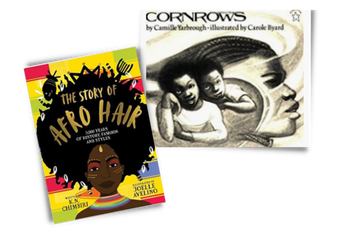 The Story of Afro Hair (Upper-Elementary-High School) Centered from a Black British perspective, Chimbiri’s non-fiction book The Story of Afro Hair sensitively tells a detailed account of the history of Black hair. This stylized journey details hairdos, products, innovations, the science of Black hair, and the philosophy behind styles, like locks. Also included in the back matter are a glossary and additional references. Cornrows (Elementary-Middle School) Cornrows is a fictional story that intertwines and connects the history and pride of Black culture through hair design. Released in 1997, Yarbrough's book, told through the storytelling of Great-Grammaw, inspires pride, hope, and courage. Both books provide an entryway to a discussion on Black hairstyles, through cultural understanding and historical significance. Hair Care
International Books
Boys and Barbershops
ReferencesByrd, & Tharps, Lori L. (2001). Hair story : untangling the roots of Black hair in America (1st ed.). St. Martin's Press. Dabiri. (2020). Twisted : the tangled history of black hair culture (First U.S. edition.). Harper Perennial. Gay, G. (2002). Preparing for Culturally Responsive Teaching. Journal of Teacher Education, 53(2), 106–116. https://doi.org/10.1177/0022487102053002003 Ladson-Billings, G. (2009). The dreamkeepers: Successful teachers of African American children (2nd ed..). Jossey-Bass Publishers.
|
Authors:
|
CLA
About CLA
|
Journal of Children's Literature
Write for JCL
|
ResourcesCLA-sponsored NCTE Position Statements
|
Members-Only Content
CLA Video Library
|
© COPYRIGHT 2018.
ALL RIGHTS RESERVED |


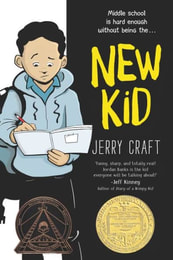
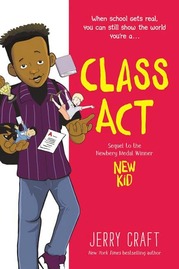
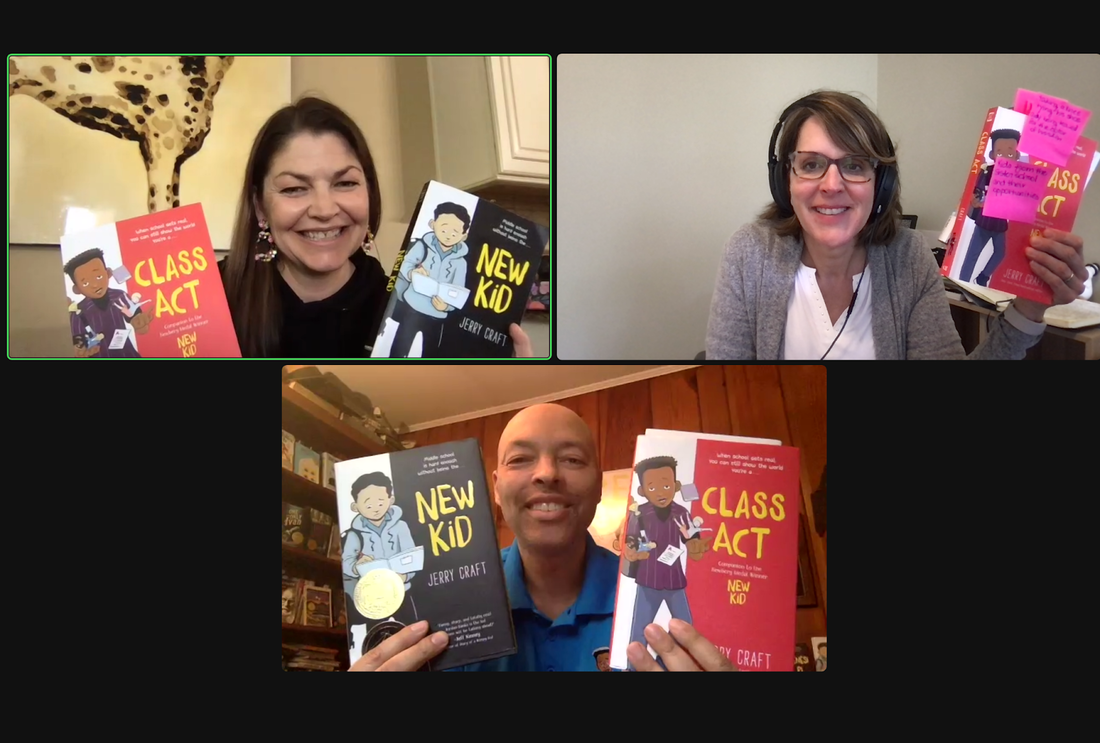
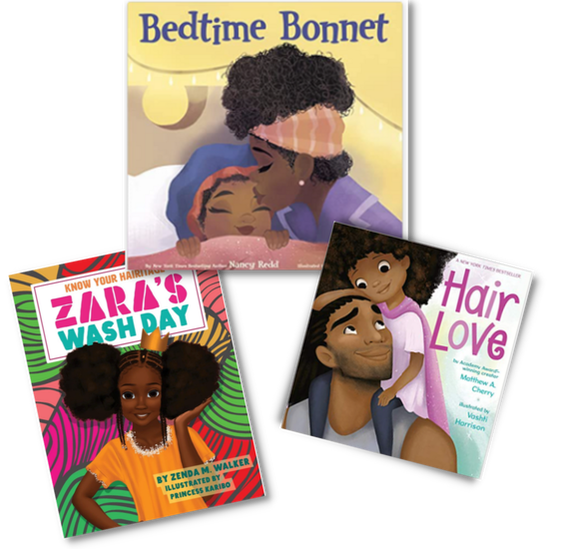
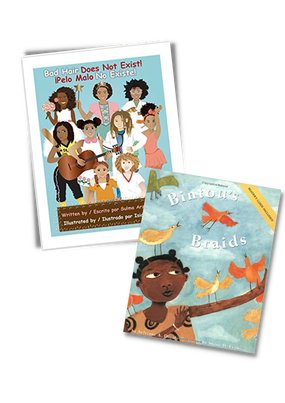
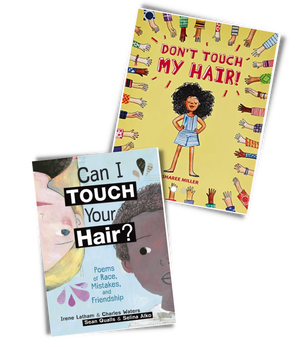
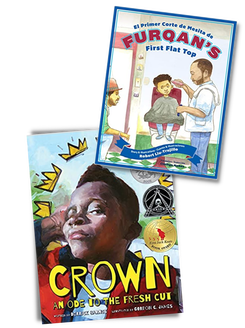
 RSS Feed
RSS Feed